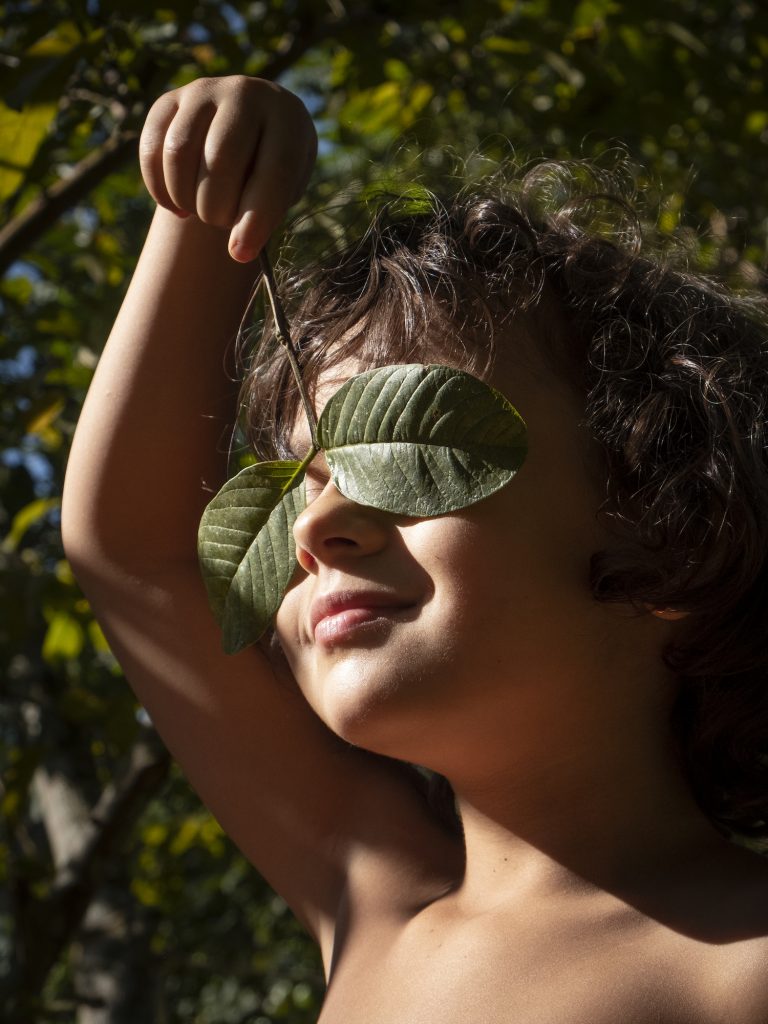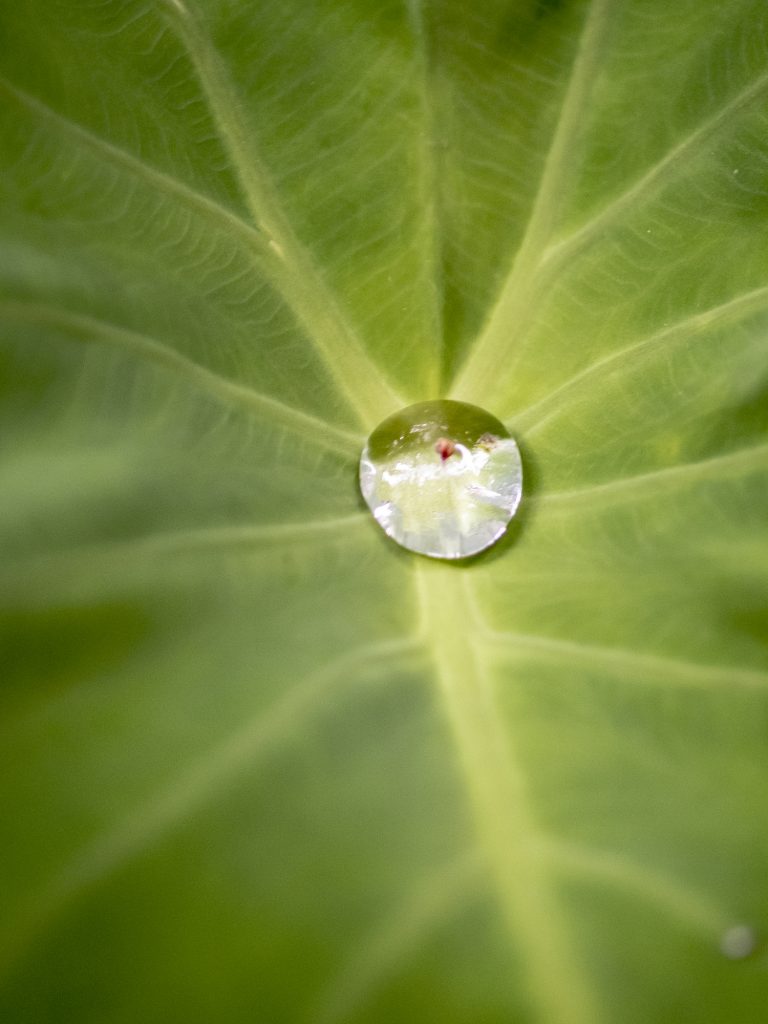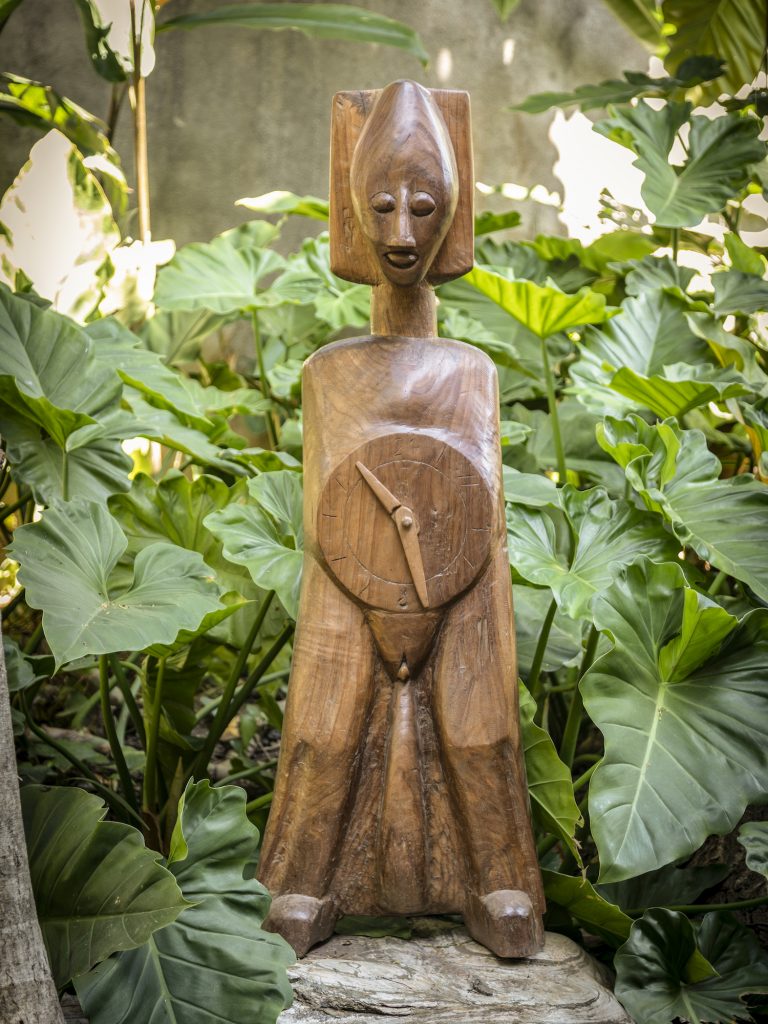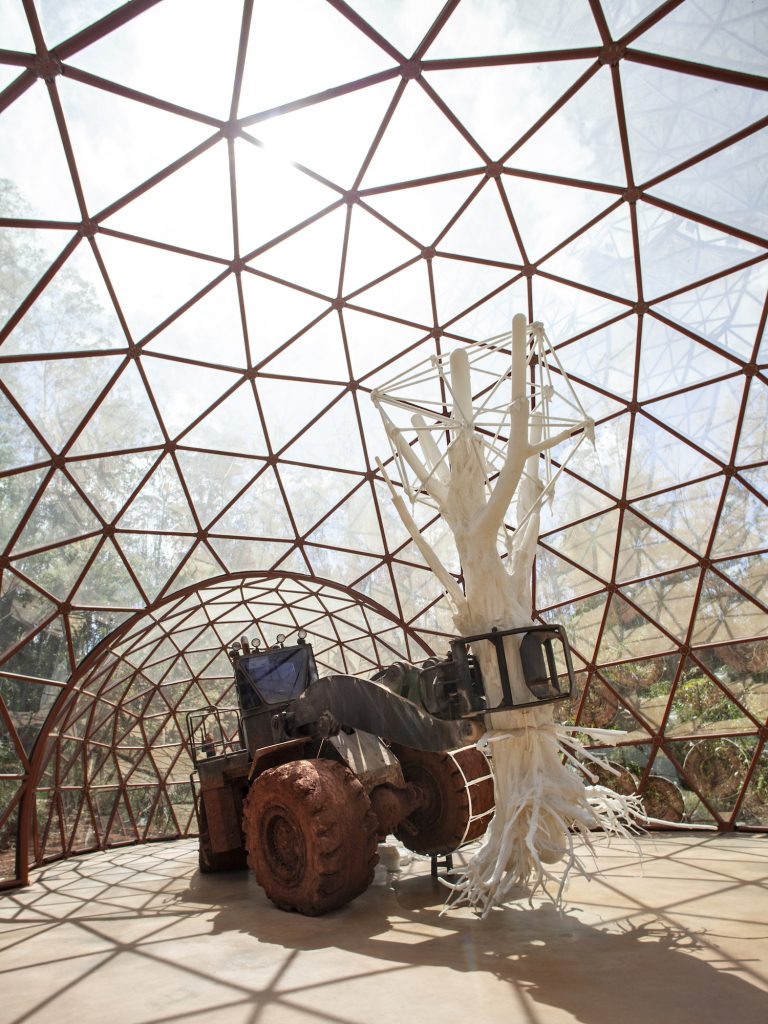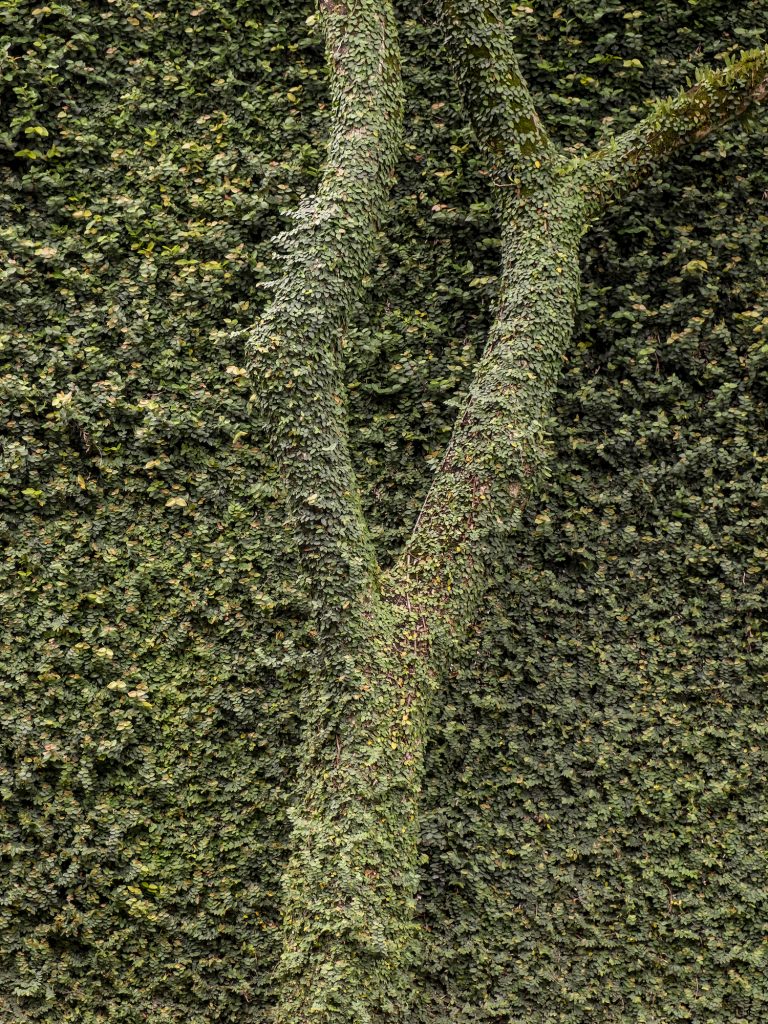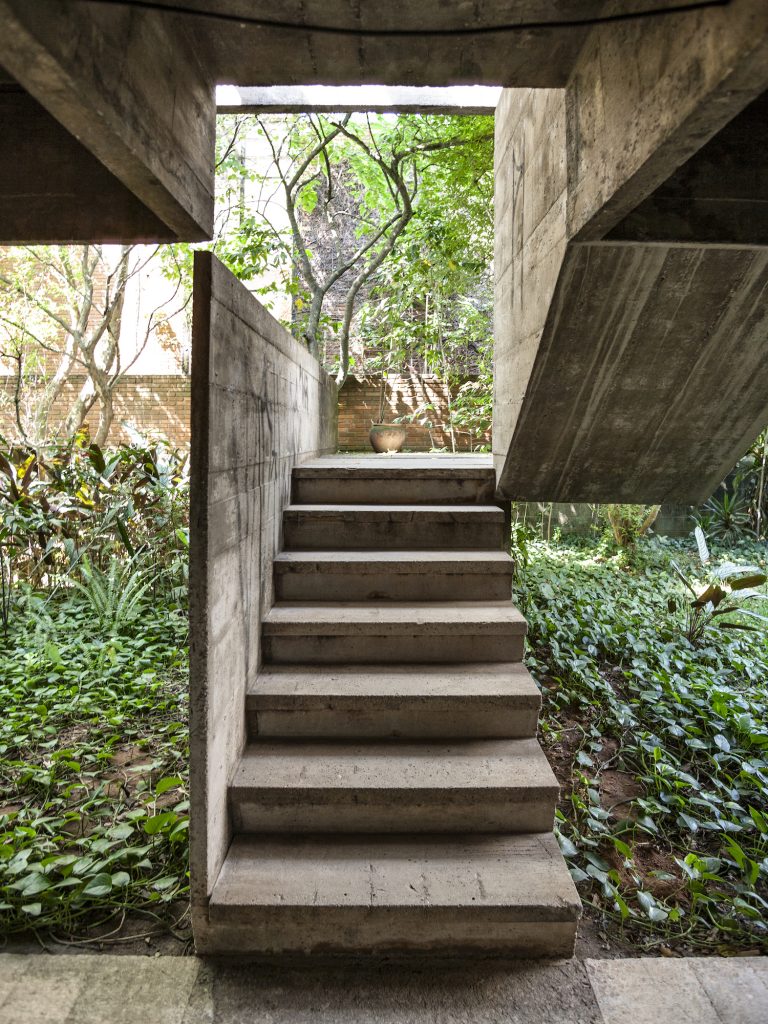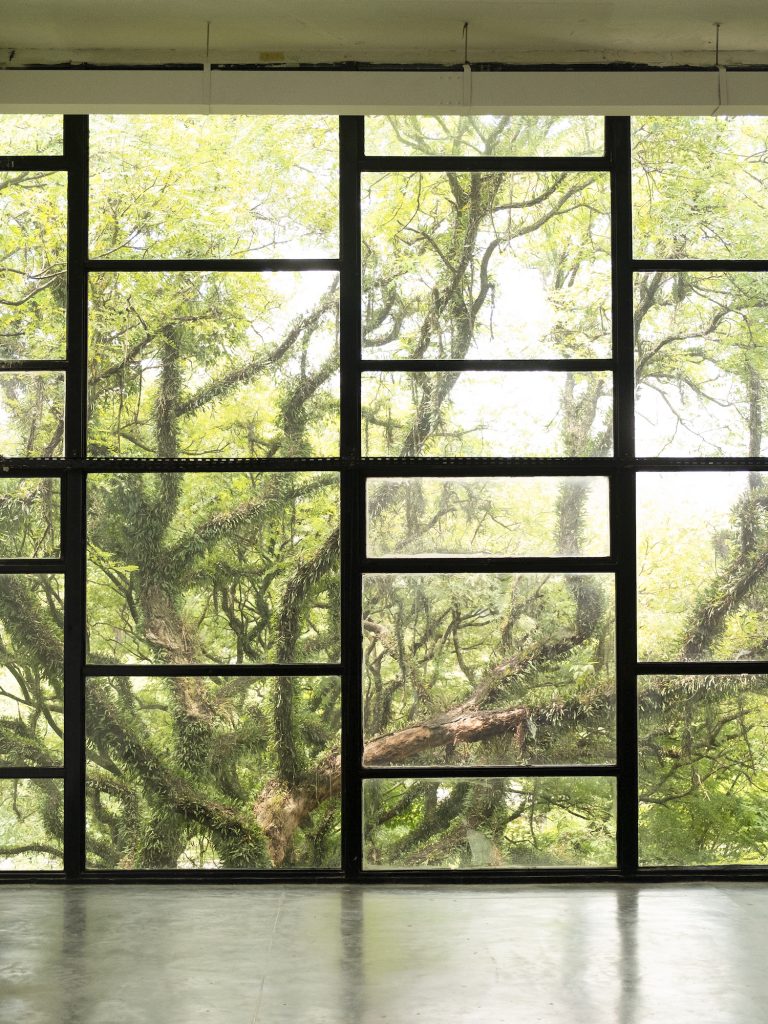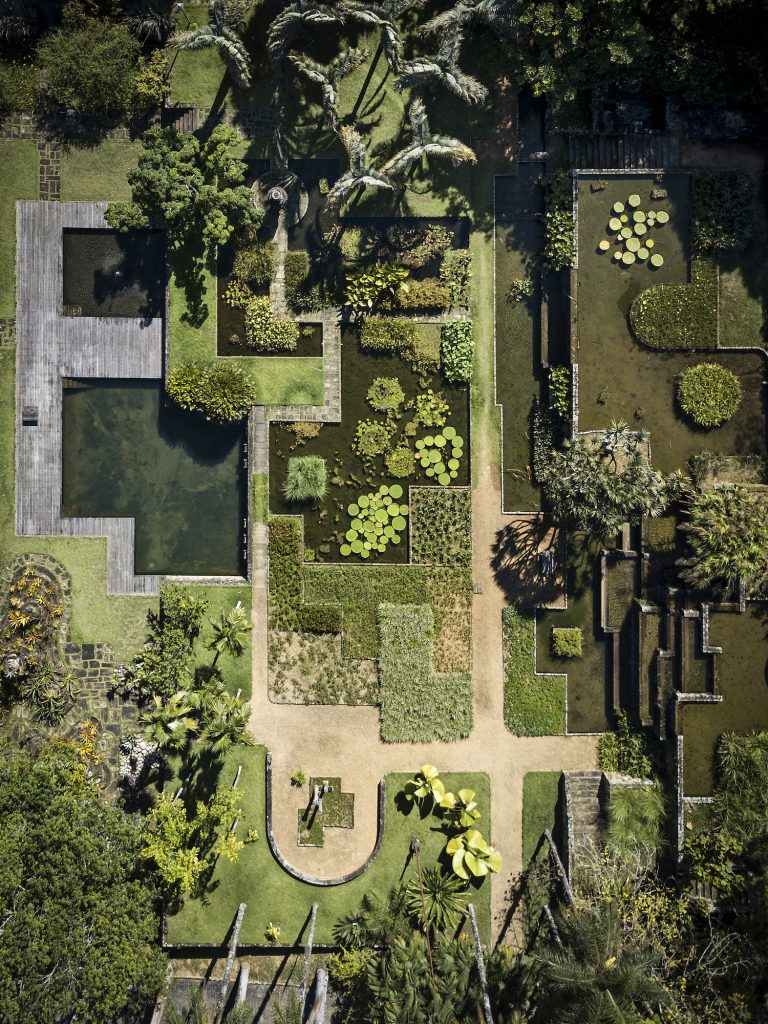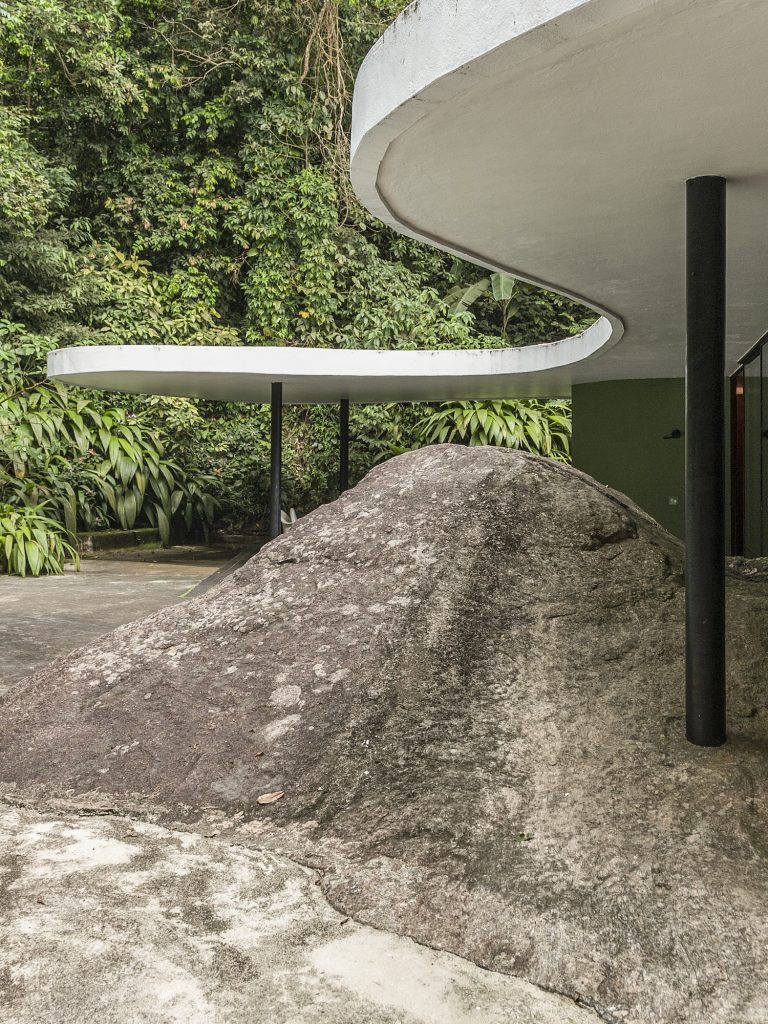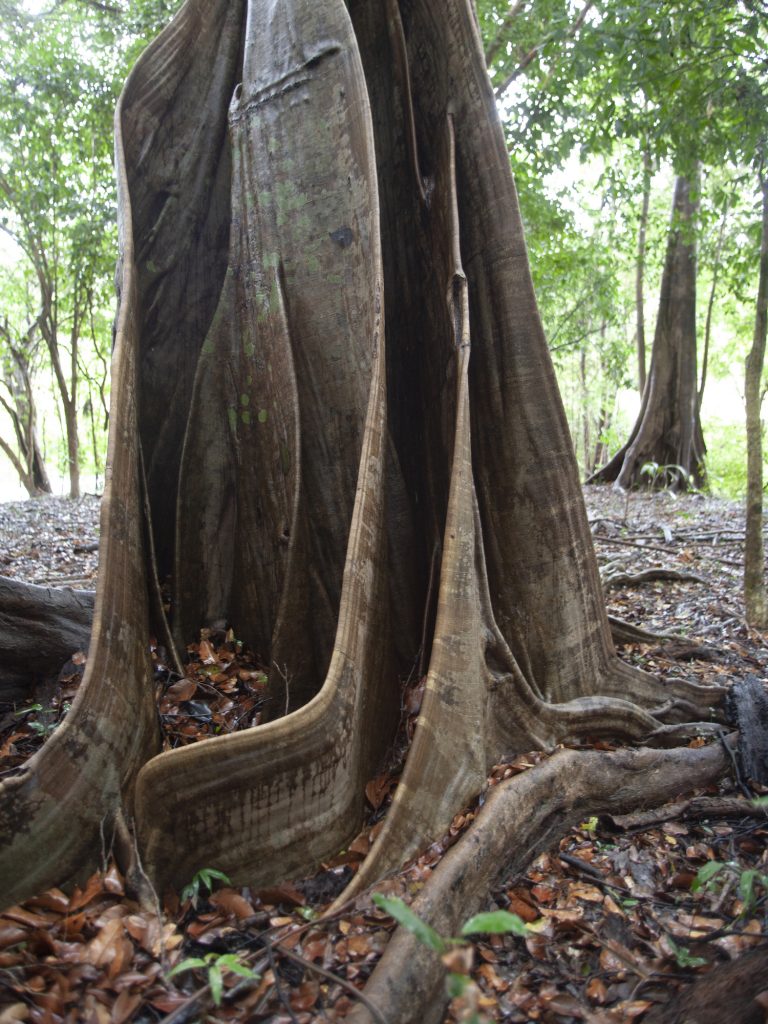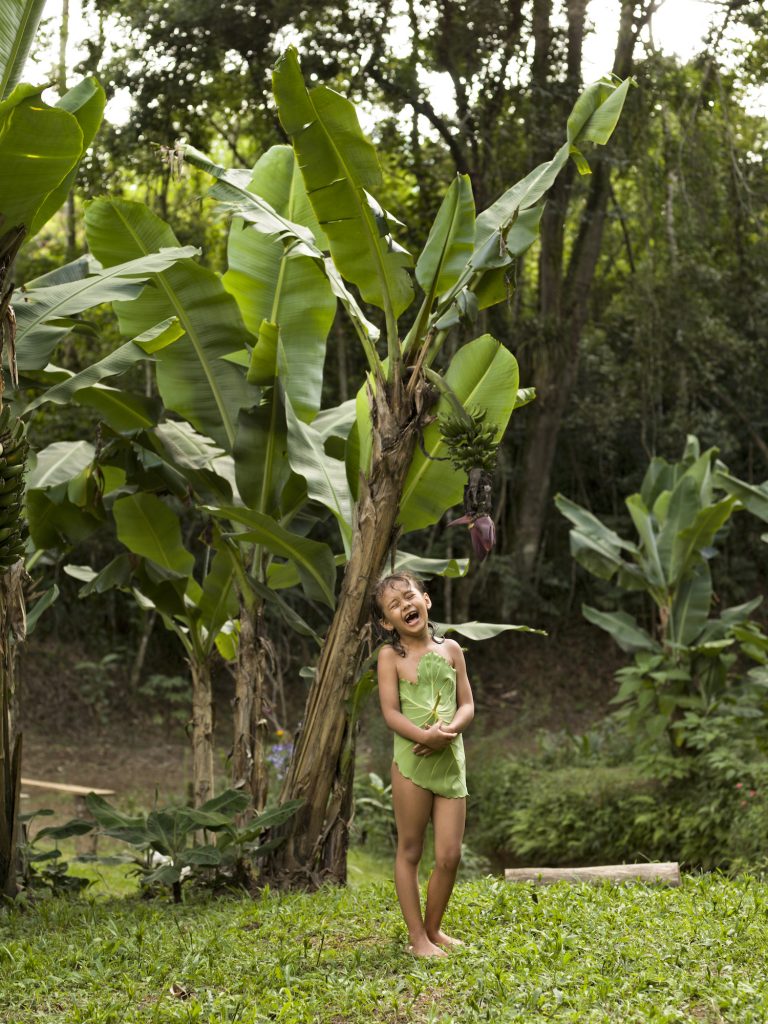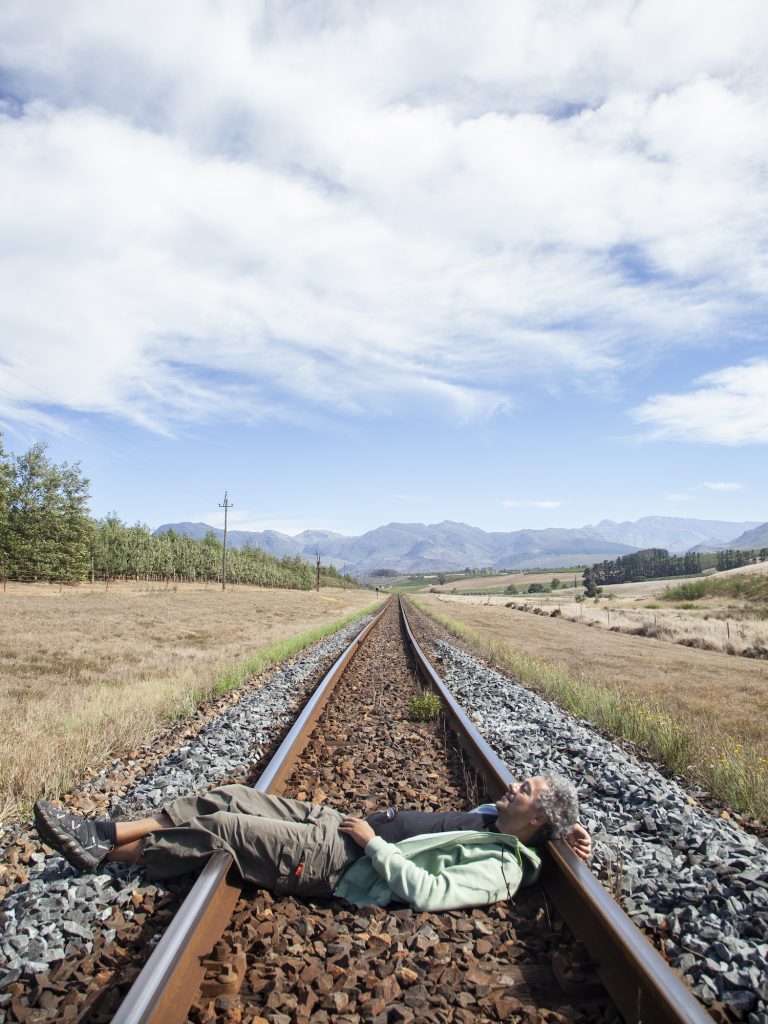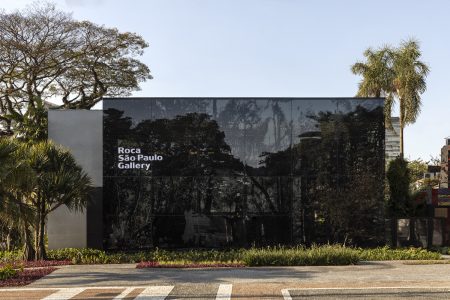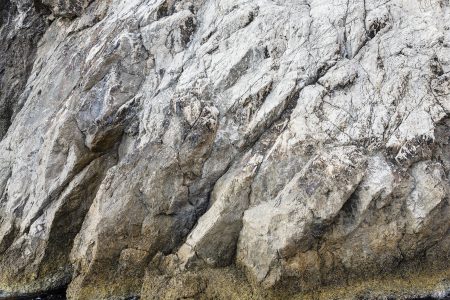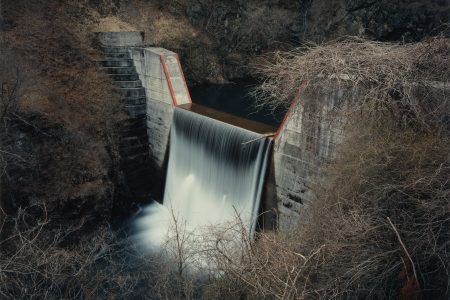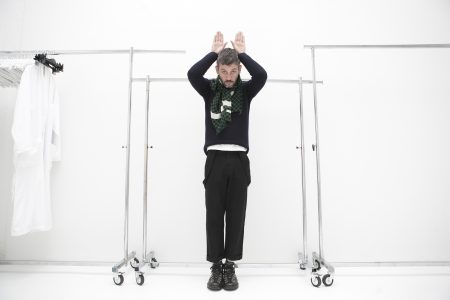Ruy Teixeira: Looking Green
TLmag spoke with photographer Ruy Teixeira about his decades long career during which he has turned his eye onto some of the most iconic and intriguing people, places and things in the design and architecture world. The images featured here are from a series titled “Looking Green.”
Intending to go to Europe for a brief assignment in his early 20s, Brazilian-born photographer Ruy Teixeira ended up staying 25-years, first working in fashion and music in Milan, but then almost exclusively in design and architecture. For more than three-decades now, Teixeira has photographed leading design and art-world innovators, sumptuous interiors and architectural spaces, as well as the landscape and the natural world, establishing his own distinctive vision. Recently, he has worked on several books on Brazilian Modernism, bringing to life the work and legacy of this rich and influential movement.
TLmag: You discovered photography at a young age through your grandfather, who was a well-known photographer in Sāo Paulo. Would you talk a bit about this experience? What drew you to this medium? And when did you start to pick up a camera yourself and capture your own ideas and images?
Ruy Teixeira: I have childhood memories of being in the darkroom, with the red light, and looking into the white bowl as the image started developing. I believe this is my first emotional connection with photography. Since then, my experience of being a photographer is related with these emotions and has become guiding line of my life.
The instruments of photography, the lab, equipment and camera, were of great curiosity during my childhood. In 1979, when I was 21, I went to London for a sabbatical year, and I [coincidentally] shared a house with two young photographers. All the feelings I had about photography from my childhood came back. I bought my first camera. At that moment, I was sure that it was to be my profession, traveling and discovering new things.
TLmag: What were some of the subjects or objects you liked to photograph when you were young, before starting out as a professional? Were you working in black and white or always colour?
R.T.: In the beginning, only black and white. My first subject was the streets of London. It was a way to find myself and to become a part of the city. A feeling of having the collection of the images of my life.
TLmag: What kind of camera do you like to work with nowadays? Are you all digital or do you still enjoy using film?
R.T.: I use only digital. I shoot a lot, and I couldn’t manage my projects and work otherwise. I love to report ideas and projects of creative people. Digital permits me to have all my files with metadata and to share them quickly worldwide. Of course, I have an enormous archive of analogue pictures, which am I am slowly reviewing and scanning.
TLmag: What drew you into the world of design and architecture?
R.T.: I was living in Europe, but always going back to Brazil to see my family. During one of these trips [to Brazil], I photographed the house of the singer Caetano Veloso, in Salvador de Bahia. I proposed this story for an Italian design magazine. They loved it and published it. I felt that with architecture, I could do stories on my own and sell them. At the same time, these pictures could be less ephemeral than fashion. This was very important for me to discover, a way of having my pictures be timeless, not going out of style in six months. This idea made me feel that I wasn’t fashion, even when I am photographing fashion. I shoot ideas and ideas never die.
TLmag: In addition to editorial projects, you have collaborated on many gorgeous books, particularly on Brazilian art and culture, such as, Arte Popular Brasileira, Brazilian Modern Masters or Ruy Ohtake. What do you like about the process of making a book?
R.T.: When I got back to Brazil, I shot a collection of Brazilian modern furniture. Many of the pieces I had already seen in my grandfather’s house; As a photographer he had a good eye for design as well. I had the idea to do the book “Design da Utopia”, where I revisited many Brazilian collections putting art together with modern design. This became the key of my authorial work. After that, I did about 15 books in 10 years, and I am currently working on four others. I love books because it is like writing with images. All of the photos I construct myself with what I find in the location. I say that I construct altars, mixing art design, history and soul. I love it.
TLmag: You’ve worked in fashion, music, design, portraits and profiles… what are you interested in shooting these days?
R.T.: I’m interested in shooting everything that is around me, (I am always with my camera), my family, friends, ideas, art, architecture, design. I am trying to be as simple as possible, to find myself in every picture I do.
TLmag: What are some upcoming projects for you?
T.T.: I am working on a second edition of “Design of Utopia” (the first is sold out), as well as a book on “Casa Zalszupin”, the house and museum of Jorge Zalszupin, which hosts amazing exhibitions of art and design, a book for the Rosewood Hotel Brazil (a project of Philippe Starck and Jean Novel), and I will be working on Li Edelkoort’s next book.
ruyteixeira.net
@ruy_teixeira
